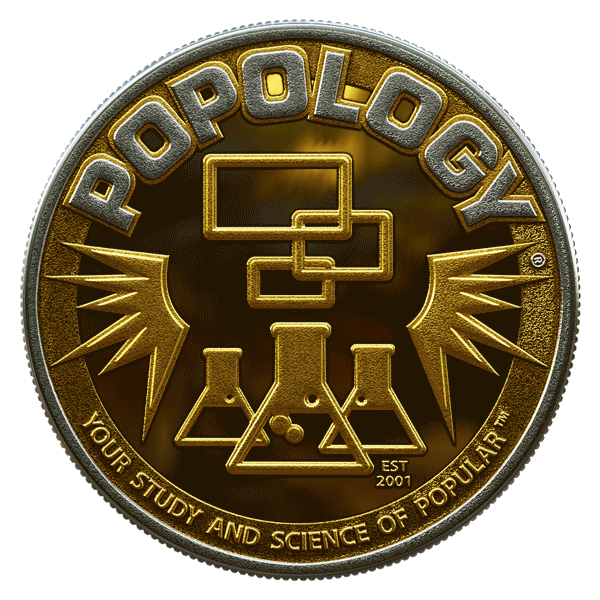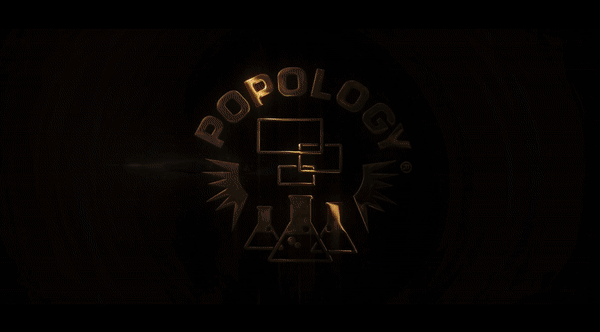- Joe Rey

- Aug 26, 2025
- 1 min read
Let’s Give A Little Respect to Synth Pop Master Vince Clarke of Depeche Mode, Erasure even Yazoo! #PopCulture #popology #popologically #POPOLOGIST #synthpop



Let’s Give A Little Respect to Synth Pop Master Vince Clarke of Depeche Mode, Erasure even Yazoo! #PopCulture #popology #popologically #POPOLOGIST #synthpop


Happy World Emoji Day, POPologists! 🎊🎈
Today, we’re throwing digital confetti all over the internet in honor of those tiny, powerful icons that have revolutionized modern communication: EMOJIS! From 😂 to 🙌, from 💡 to 🛸, emojis are the punctuation marks of the digital age — and they’re pop culture icons in their own right.
At POPOLOGY®, we know that emojis are more than decoration — they’re a new form of media literacy. Every time you tap 🔥 or 😬, you’re participating in a global, visual language that transcends borders, keyboards, and even generations. Emojis allow us to express emotion, tone, and intention in ways that words alone often can’t.
Think about it: what would texting be without that perfectly-timed 😅? Or tweeting without a well-placed 👀? They amplify what we feel. They visualize our intent. They make communication POP.💥
Emojis have earned their rightful place in THE POPOLOGIST® BOOK OF POP, our living archive of what makes culture resonate. Just like memes, music, and moments, emojis are signals in our shared digital universe — signs of what’s popular, what’s meaningful, and what’s truly us.
So, whether you’re team 🐸☕ or team 👑💅, there's no denying it — emojis are the hieroglyphs of modern pop culture.
We invite all our POPOLOGISTS around the world to drop your favorite emoji in the comments and tell us why it defines your personality, mood, or vibe today.
Is it 🔮 because you’re feeling magical? 💸 because you’re manifesting abundance? 🚀 because you're ready to soar?
Let’s see what your emoji says about you in the world of POP.
👇 Comment below with the one emoji that sums up your energy right now — and don’t forget to tag us with...

The history of emojis is a fascinating journey that reflects the evolution of digital communication and global culture. Here's a detailed look at how these tiny symbols became a worldwide language of emotion, humor, identity, and pop culture:
Inventor: Shigetaka KuritaIn 1999, while working for NTT DoCoMo, a Japanese telecommunications company, Kurita created the first set of 176 emojis (12x12 pixels each) as part of the launch for the company’s mobile internet platform i-mode.
Goal: He wanted to create a set of expressive characters that conveyed information quickly — such as weather (☀️), emotions (😊), and events (🎉) — and that fit the limited character space on early mobile screens.
Inspiration: Japanese manga symbols, Chinese characters, and pictograms from signage systems.
Emojis quickly became hugely popular among Japanese youth.
Other mobile providers in Japan adopted their own versions.
Emojis remained largely Japan-centric during this phase due to platform incompatibilities.
Unicode Consortium, the body responsible for global text standards, officially incorporated emoji into the Unicode Standard in 2010.
This was critical because it allowed emojis to work across platforms (Apple, Android, Windows).
Apple’s Role:In 2011, Apple added the first emoji keyboard to iOS (initially hidden, later made standard). This move skyrocketed emoji use globally.
Oxford Dictionaries named “😂” (Face with Tears of Joy) the Word of the Year in 2015, marking the first time a pictograph received the honor.
Emojis began appearing in art, music videos, advertising, and fashion.
Artists like Katy Perry and Drake featured emojis in their visuals.
Brands started using them to connect with younger audiences.
Unicode added skin tone modifiers in 2015, based on the Fitzpatrick scale.
New emojis were introduced to represent:
Same-sex couples 👨❤️👨👩❤️👩
Disabilities 🦽🦻
Cultural items (🧕, 🥟, 🪔)
Gender inclusivity (🧑, 🧑⚕️, 🧑🎤)
This signaled the importance of inclusion and representation in visual communication.
Emojis have become central to AI-generated communication, pop culture studies, and brand engagement.
Platforms like Twitter, TikTok, and Discord rely heavily on emoji shorthand and emoji-based reactions.
Emojis are now analyzed for cultural trends, sentiment, and even social movements (e.g., ✊🏿, 🧼👐 during COVID-19).
Emoji use is moving toward 3D design, animated reactions, and customizable avatars.
World Emoji Day, celebrated on July 17, is now a recognized cultural event.
The emoji lexicon continues to grow as Unicode updates the list yearly.
From a humble set of pixelated images in Japan to a global language of emotion and identity, emojis have evolved into a powerful tool for human expression. They bridge cultures, collapse language barriers, and inject personality into our digital lives — all with a single tap.
📖 Keep exploring more cultural signals inside THE POPOLOGIST® BOOK OF POP — where we decode what’s popular, together.
Stay POPpin’,THE POPOLOGIST® Team





















%20NEW-03.png)







